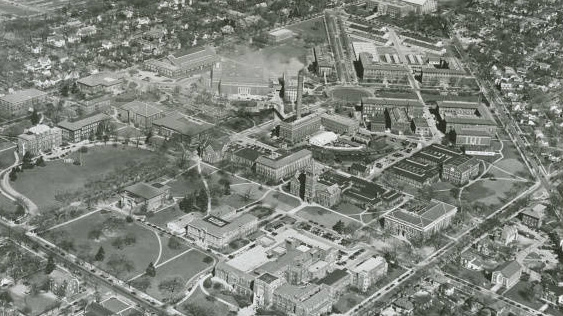The Sixties: A Decade of Growth
Liberal arts at Purdue officially came into its own in 1963, when it split from the School of Science to become the School of Humanities, Social Science, and Education (HSSE). In about a decade, it had grown to be the second-largest school at Purdue, following Engineering.
During this time of growth, many departments started establishing graduate programs. Margaret Rowe, professor of English, remembers how different the school was when she came to Purdue in 1969. “It certainly wasn’t as large as it is now, and it was going through a real growth spurt because so many departments in the early to late sixties started graduate programs,” she comments. “That was the situation throughout the country in graduate education, and HSSE was a growing school in that respect.”
Another important milestone in the sixties was the development of interdisciplinary programs. Robert Perrucci, professor of sociology, cites the appearance of interdisciplinary programs, including women’s studies and African American studies, as major indicators of growth. “It sort of developed out of the political turmoil of the sixties, out of the growth of the feminist and civil rights movements,” he says. “The impetus didn’t come from the academic world, it came from the outside.”
Both of these developments, in addition to President Frederick Hovde’s emphasis on educating the whole person, showed that HSSE in itself was a valuable asset to the University.
As it came into its own, it became important for HSSE to be comparable to other peer institutions. This was the major trigger for the school’s next structural change.
